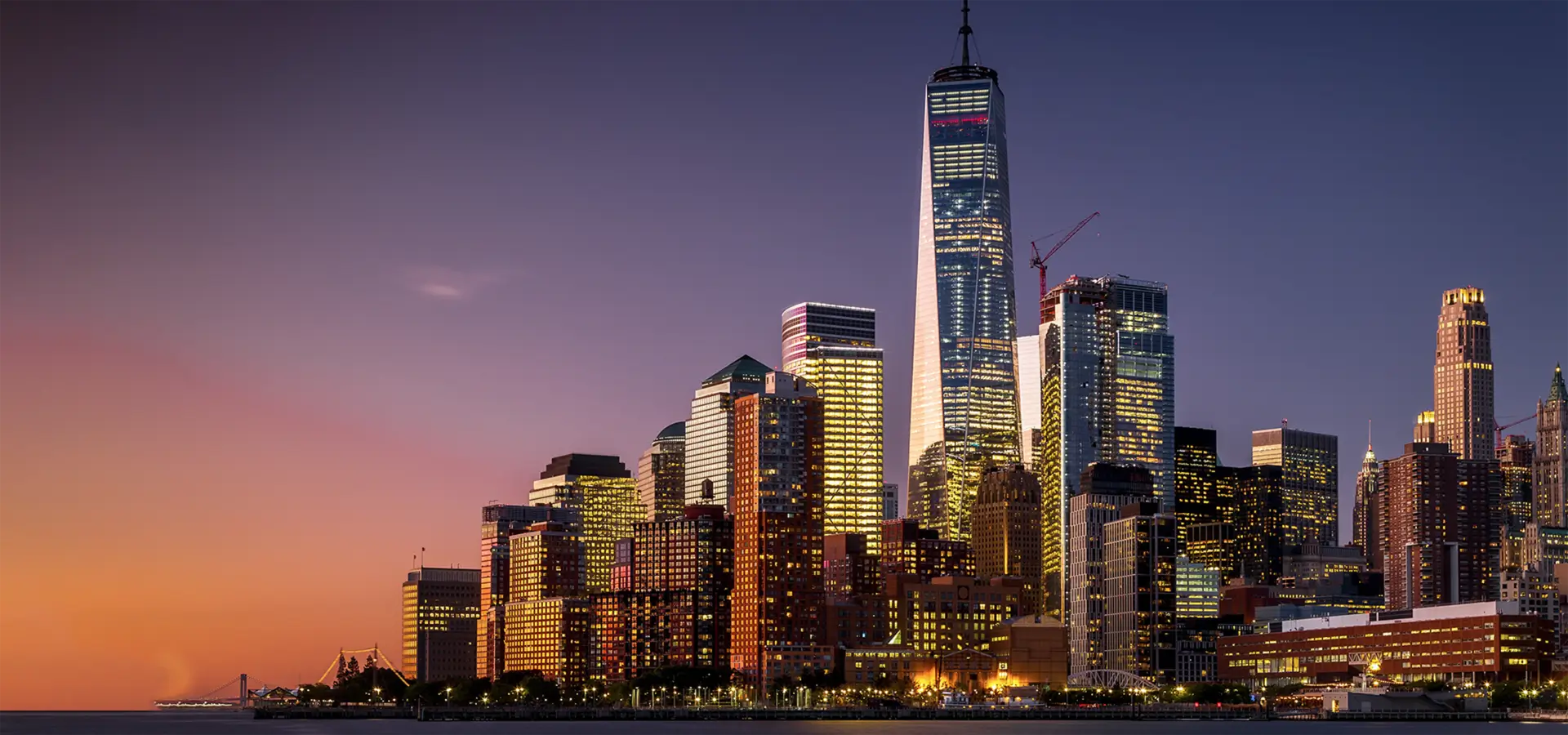

The Rising Use of Tinted Glass A Modern Solution for Everyday Living
In today's world, where urban living and environmental concerns govern our architectural choices, tinted glass has emerged as a fundamental element in modern design. The use of tinted glass is not only a matter of aesthetics but also one of functionality, providing benefits that cater to a variety of needs, from energy efficiency to privacy and glare reduction. This article delves into the diverse applications and advantages of tinted glass in contemporary settings.
Energy Efficiency and Climate Control
One of the primary reasons for the increasing use of tinted glass is its ability to improve energy efficiency. Tinted glass helps to reduce heat gain during hot months by filtering out a significant percentage of solar radiation. This quality is particularly advantageous in regions with intense sunlight, where cooling costs can be substantial. By minimizing the reliance on air conditioning systems, tinted glass not only contributes to lower energy bills but also aligns with global sustainability efforts aimed at reducing carbon footprints.
In colder climates, certain types of tinted glass can help in retaining heat during winter months. This dual functionality—cooling in the summer and retaining heat in the winter—makes tinted glass a versatile option in energy-efficient architecture. By incorporating tinted windows or facades, architects and builders are able to create structures that maintain a comfortable indoor environment year-round, contributing to an overall reduction in energy consumption.
Enhanced Privacy and Aesthetic Appeal
Another significant advantage of tinted glass is the privacy it affords. In urban areas where buildings are closely packed together, maintaining a sense of privacy can be challenging. Tinted glass effectively obscures the view from outside, allowing occupants to enjoy their spaces without feeling exposed. This quality is especially beneficial in residential spaces, office buildings, and retail environments, where privacy is often paramount.

Moreover, tinted glass adds a contemporary and polished look to buildings. Available in various shades and colors, it can be tailored to fit the specific design language of a structure. Architects and designers are increasingly embracing tinted glass to create visually striking facades that stand out in the urban landscape. Whether it is a sleek corporate office, a luxurious residential building, or an innovative commercial space, tinted glass is often chosen for its ability to elevate aesthetics while serving practical purposes.
UV Protection and Health Benefits
Extended exposure to ultraviolet (UV) rays can have damaging effects on both skin and interiors. Tinted glass provides a formidable barrier against harmful UV radiation, protecting occupants and furnishings from potential harm. By reducing UV transmission, tinted glass helps in minimizing the risk of skin-related health issues while also preventing materials and fabrics from fading over time. This protective quality is particularly valuable in environments such as spas, salons, or even private homes where sun exposure can be a concern.
Noise Reduction
In addition to controlling light and temperature, tinted glass can also play a role in noise reduction. For those living in bustling urban areas or near busy roadways, the use of tinted glass can help to dampen external noise levels. This feature promotes a more serene and comfortable indoor environment, contributing to improved mental well-being. Noise reduction, combined with the aesthetic and energy-efficient benefits of tinted glass, makes it an appealing choice for residential and commercial projects alike.
Conclusion
The increasing use of tinted glass in modern architecture encapsulates a blend of practical benefits and aesthetic enhancement. By providing energy efficiency, privacy, UV protection, and noise reduction, tinted glass has solidified its role as a valuable material in both residential and commercial construction. As architects and builders continue to prioritize sustainability and the well-being of occupants, the incorporation of tinted glass is likely to remain a prominent trend, shaping the future of urban landscapes and enhancing everyday living experiences. The evolution of tinted glass technology will further expand its applications, solidifying its importance in the realm of modern design.